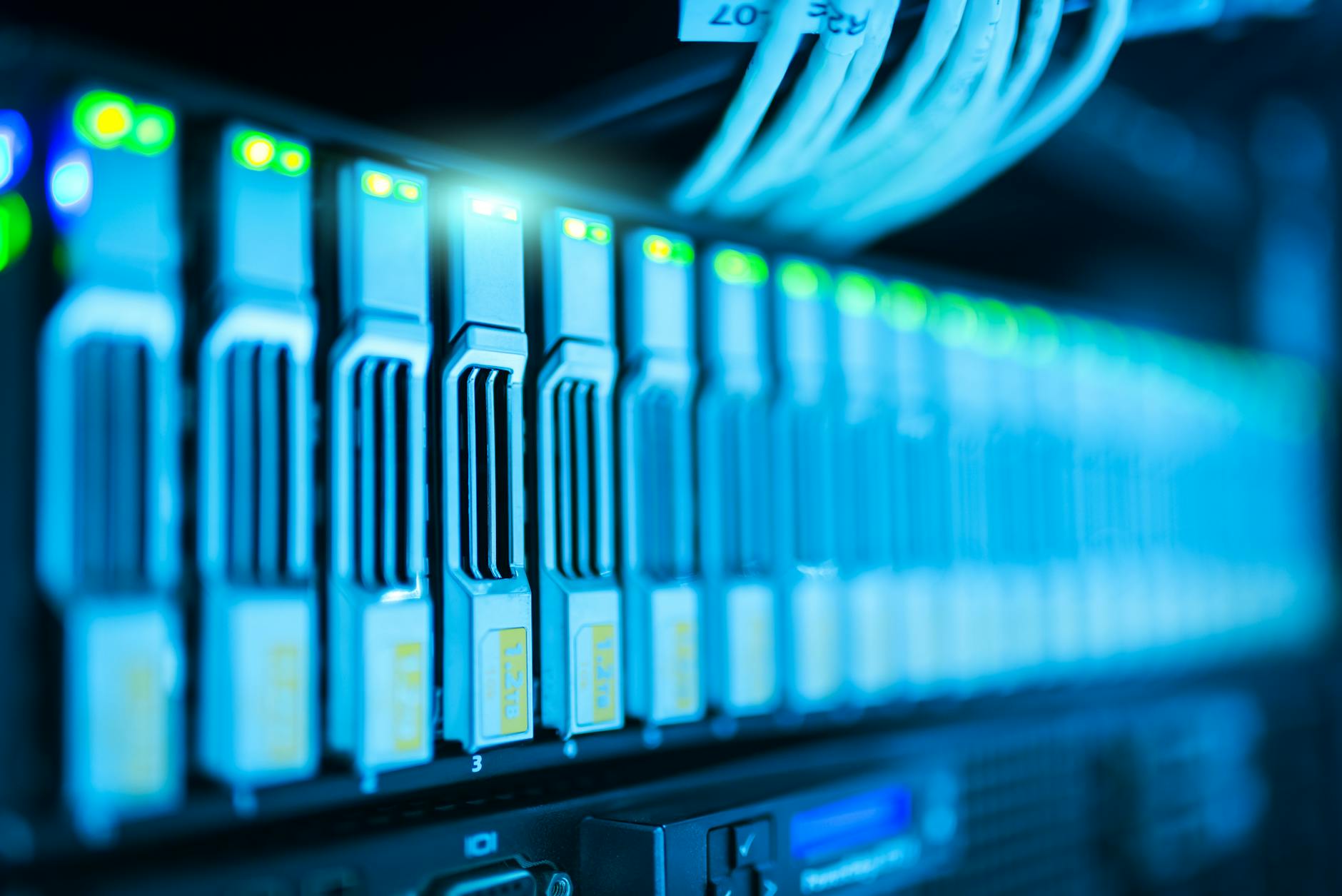The new year has started on a positive note for gamers in India as the PlayStation 5 Pro is finally coming to India, reportedly this summer. As that fortifies the end of exciting adventures in the gaming community, everyone is excited. This article dives deep into the heart of the PS5 Pro with respect to its new hardware features, innovations, and some stunning impacts on the gaming landscape. Get ready to be wowed with its unparalleled power and futuristic features.

Table of Contents
- Price and Release Date
- Design and Build
- Ray Tracing Enhancements
- AI Upscaling: Sharper Graphics
- Performance with Regular and High-End Games
- Next-Gen Wi-Fi Connectivity
- Expanded Storage Options
- Enhanced Optical Drive (PS5 Slim)
- Backward Compatibility
- User Interface and Accessibility
- Anticipated Game Releases
- Expert Opinions: Is the PS5 Pro Worth the Upgrade?
- Conclusion
1. Price and Release Date
It is now rumoured that the PlayStation 5 Pro is expected to hit Indian markets in May or June of 2025, with a proposed price tag that will position it in the high-end of the console family.
The global MSRP for the console stands at $699.99, while Indian pricing is still a mystery. A few insiders seem to believe that the price can be anywhere between ₹54,990 and ₹59,990, just right for the high-end specifications of the console. Expert commentary seems to indicate a view that the price is high. But the technological leap might justify the price tag in the minds of hardcore gamers that are looking for the best in class. Based on analyst opinion, the common gamer still seems to enjoy terrific value in the standard PS5.
2. Design and Build Quality

While going for the futuristic look that the standard PS5 had, the PS5 Pro refines the design with a more acute angular countenance. With dimensionally a little bit bigger than the standard PS5, it is still smaller than what initially launched to the market. The former white case and blue light remain in this console, while the light focuses now at the base level of it, thereby providing a much more subtle and stylish glow.
The front panel contains two USB-C ports, while the rear side is blessed with two USB-A ports and an Ethernet port. User opinions on forums and tech reviews share how improved the stand design is, making it stable. However, this stand is sold separately. Special editions remain in announcement mode till now, but rumour has it; with Sony’s legacy, a handful of console game covers with a limited-edition design is something that is or will come into the demanding process for purchase.

3. Ray Tracing Enhancements

Ray tracing, a rendering technique commonly used in game development that mimics light’s physical behavior, leveled up gaming graphics by incorporating realistic reflections, refractions, and shadows. The PlayStation 5 Pro takes this technology and runs with it. Improved ray tracing cores mean even more complex and dynamic lighting effects that immerse the player in environments like never before.
In some games, like Spider-Man 2, you will see a profound increase in visual fidelity when log-scaled screenshot comparisons are done between the PS5 and PS5 Pro. Reflections on skyscrapers become crisper, shadows become sharper, lighting becomes a lot more dynamic.
4. AI Upscaling: Sharper Graphics

This AI upscaling feature turns out to be PlayStation Spectral Super Resolution, or PSSR, and it dynamically ups the resolution and quality for games while playing. Games that do not run 4K yet are intelligently upscaled to it by PSSR while maintaining higher frame rates. This sharpens textures, removes jagged edges, and sharpens the overall picture.
In games such as Horizon Forbidden West, PSSR makes the already-stunning visuals strikingly eye-catching when expressing the full potential of AI-enhanced graphics. Game developers have praised the technology for allowing them to produce stunning-looking graphics at much higher resolutions without sacrificing performance.
5. Performance with Standard and Heavy Games
PlayStation 5 Pro confidently stands for the benchmark-oriented gaming-benchmark performance. In blockbuster games like Remake of Demon’s Souls, the PS5 Pro offers 60fps lock with ray tracing on, and this is something the original PS5 had struggled to implement. Ratcheting up the CPU and GPU specs means smoother gameplay, faster loading times, and more responsive use during gaming.
6. Next-Gen Wi-Fi Connectivity
The PS5 Pro has been launched with Wi-Fi 6E, embedded in the Opportunities lnfinity; an upgrade version to the 6 technology of original PS5. This next-gen connectivity ensures faster and more stable online gameplay. This is significant in high-density environments, where gamers would appreciate having reduced latency, better download speeds, and seamless cloud gaming experiences, with multiple connected devices living happily in the same household.
7. More Storage
Amidst the rising demands for storage, Sony is introducing the PS5 Pro, which houses a larger SSD of 2TB as its base storage. The console also will allow NVMe SSD expansion that helps the gamer to easily upgrade storage. With game file sizes continually rising, this will come as great news for the aficionado who wants to keep their favorite titles installed without giving up on other games.
8. Enhanced Optical Drive (PS5 Slim)
While the PlayStation 5 Pro concentrates on raw performance, the PS5 Slim opens up with enhanced optical drives to complement media playback. Built to be more efficient, the optical drive also supports Ultra HD Blu-ray discs, empowering enhanced reading speeds, thereby ensuring also smoother playback of high-definition content.
9. Backward Compatibility
Backward compatibility remains one of the cornerstones of PlayStation experience. The PS5 Pro supports the vast library of PS4 games, and many PS5 titles get the performance boosts because of the improved hardware. Gamers can relive their favorite classics at much higher frame rates and with faster load times, essentially overlap with the PS5 Pro for both new and long-time PlayStation fans alike.
10. User Interface and Accessibility
The PlayStation 5 Pro’s UI improves upon the original PS5 with a more intuitive and customizable experience. With improved voice control features, better menu navigation, and expanded accessibility settings, a wider audience is catered to, ensuring the inclusive overall gaming experience.
11. Anticipated Game Releases
The launch of the PS5 Pro coincides with several highly anticipated game releases, including exclusive titles like Final Fantasy XVI: Realm Reborn and God of War: Ragnarok II. These are games that have been developed around the capabilities of the PS5 Pro by highlighting mesmerizing visuals, uninterrupted gameplay, and superb storytelling.
12. Expert Opinions: Is PS5 Pro Worth Upgrade?
Even among the industry insiders, opinions seem to contradict each other in weighing whether the PS5 Pro warrants an upgrade. While hardcore gamers and technophiles laud the console’s advancements, citing phenomenal performance and graphics, casual players and the ones content with the existing PS5 may not feel so enthused with the upgrade option on their hands. Everyone has their own preferences.
13. Conclusion
The PlayStation 5 Pro is, as a self-proclaimed futuristic abode for an upgraded gaming experience, an upgrade of new-age gaming. Whether you are a hardcore gamer looking only for the ultimate experience or an average player with a milder view on it all, something for everyone is in for PS5 Pro. High graphics with extended storage functions and next-gen connectivity once for all; this upgraded console can put forward its tools that may be nifty in redefining the gaming industry for years to come.
Special editions are yet to be confirmed in their essence, but looking into past records of Sony, limited-edition consoles with such distinctive makeovers are set to hit the outside market soon.












